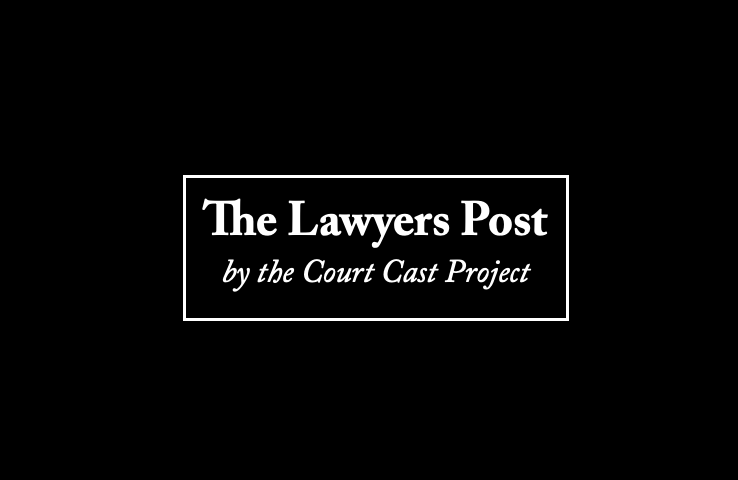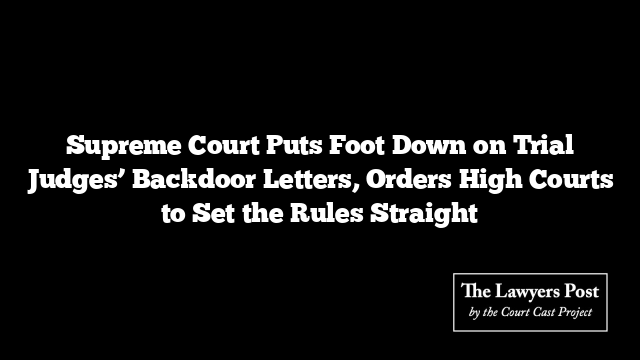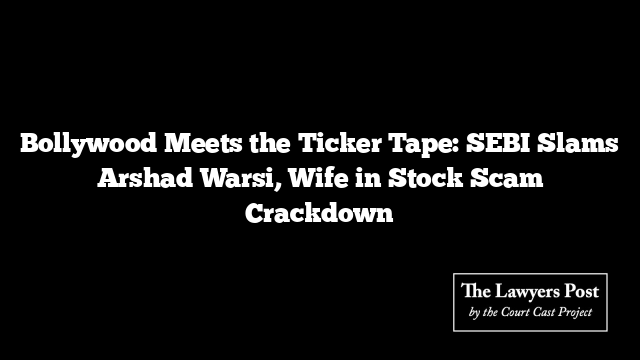The Supreme Court has made it crystal clear: trial court judges must stop bypassing protocol by writing directly to the apex court’s Registry asking for more time in fast-tracked cases. This informal chain of correspondence, the Court declared, is out of line and must come to an end.
A bench led by Justices JK Maheshwari and Aravind Kumar expressed sharp disapproval over this workaround, calling it “wholly unacceptable.” The top court emphasized that High Courts—not trial judges—are responsible for supervising the progress of time-bound cases. Any plea for an extension must be routed through proper judicial channels, not scribbled off to the Supreme Court Registry like a personal favor.
The process, as reaffirmed by the bench, is this: if a trial judge feels an extension is justified, the request must go up the local judicial ladder and be vetted by the immediate supervisory officer. Only then can it be forwarded—formally—by either the Registrar General or Registrar Judicial of the High Court to the Supreme Court. No shortcuts.
This directive came during a hearing of a bail petition where, in a previous order, the Supreme Court had asked for trial completion within 18 months. Yet, a trial judge later wrote directly to the Supreme Court Registry requesting more time—prompting the Court to call out the procedural breach.
The problem isn’t isolated. The Court also cited a similar case from Madhya Pradesh, Ramkishore @ Kallu v. State of Madhya Pradesh, which led to the formulation of a clear Standard Operating Procedure (SOP) in that state. That SOP bans direct communication from judicial officers to superior courts and sets up a formal channel for requesting extensions. It even mandates monthly oversight and warns against habitual delays.
Following that example, the Supreme Court has now urged all High Courts across the country to follow suit. The directive instructs Registrar Generals to present this order to their respective Chief Justices, who are expected to lay down formal SOPs for handling such communications.
In other words: order in the court, and order in the paperwork too.





